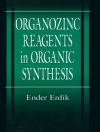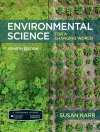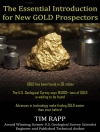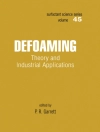With the wide application of nanotechnology in scientific research as well as in industrial product development, it is urgent to develop appropriate tools for investigating and manipulating molecules, especially macromolecules at the nanoscale level. Different microscopes are typical equipment. Due to the high resolution, being maximally close to samples’ original status and the low requirement of sample preparation, atomic force microscopy (AFM) has been applied as a nanotechnology tool since it was invented in 1986. As this equipment utilizes the force between the sample and scanning tip rather than the light signal as used by many other microscopes, samples with different optical properties can be investigated with AFM without limitations. AFM has many modes including contact mode and non-contact mode, which can be applied for achieving different purposes depending on the samples’ properties and final purposes. Recent force spectroscopy can measure the interaction forces of the tip-sample, which is a function of distance between the tip and the sample, thus called a force-distance curve. Force spectroscopy can also be conducted with static or dynamic modes, which has been widely applied in many fields, especially in biophysics for measuring mechanical properties of living organisms or cells. This book focuses on the research on AFM principles, modes of operation and limitation and they are discussed with detailed examples in various fields, ranging from inorganic materials in physics to organic materials in food science, biomedical science, chemistry and others.
Hongshun Yang
Atomic Force Microscopy (AFM) [PDF ebook]
Principles, Modes of Operation and Limitations
Atomic Force Microscopy (AFM) [PDF ebook]
Principles, Modes of Operation and Limitations
Buy this ebook and get 1 more FREE!
Format PDF ● Pages 360 ● ISBN 9781631171734 ● Editor Hongshun Yang ● Publisher Nova Science Publishers ● Published 2014 ● Downloadable 3 times ● Currency EUR ● ID 7224121 ● Copy protection Adobe DRM
Requires a DRM capable ebook reader












